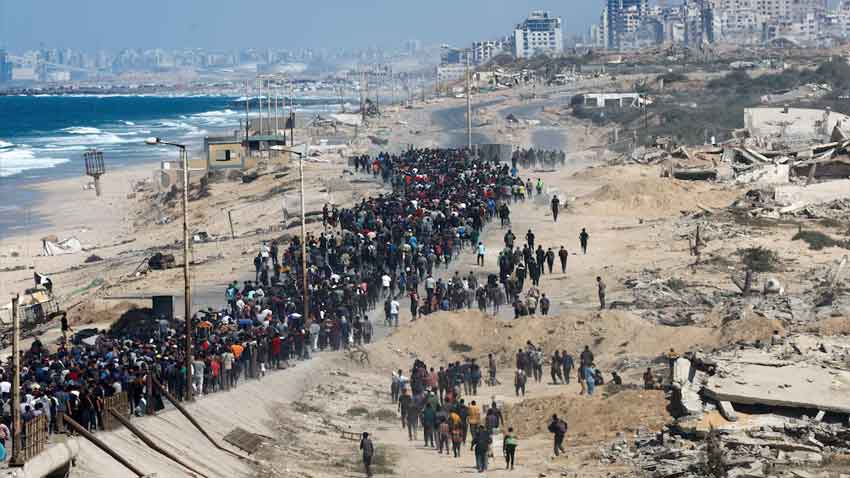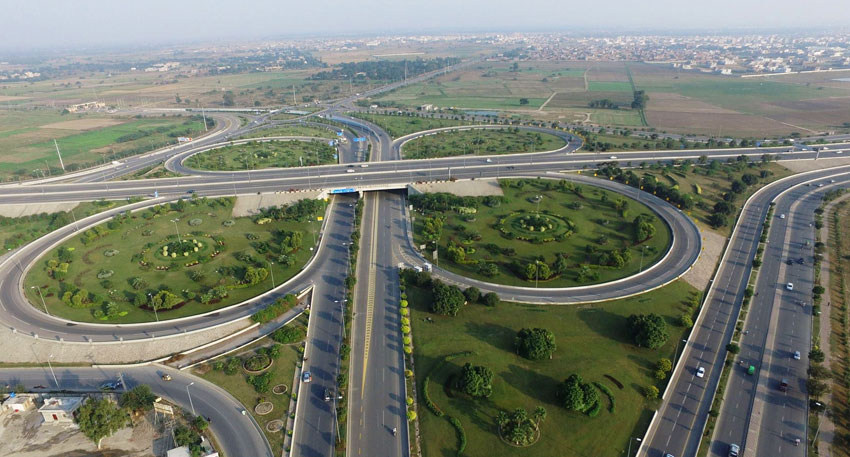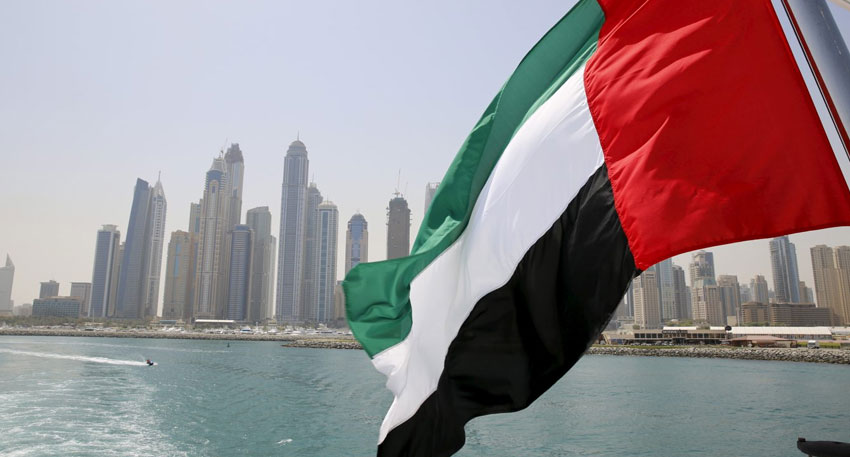
Crowds of families, many carrying children and bags of their remaining belongings, walked north through the dust and wreckage toward Gaza City. Once bustling with life, the city now lies in ruins after enduring one of the most intense offensives of the war.
Witnesses described emotional scenes as people stepped carefully through broken streets, uncertain whether their houses still stood. Some wept at the sight of collapsed buildings, while others expressed relief just to breathe freely again without the constant fear of airstrikes.
The ceasefire also prompted Israel to begin withdrawing troops from several parts of Gaza, signaling a possible end to one of the conflict’s deadliest phases. However, many residents remain cautious, fearing that this peace could be temporary as earlier truces have collapsed before.
For thousands of displaced families, returning home is both a moment of hope and heartbreak — a return to memories buried under rubble, yet a sign that life, somehow, continues.
"Thank God my house is still standing," said Ismail Zayda, 40, in the Sheikh Radwan area in Gaza City. "But the place is destroyed, my neighbours houses are destroyed, entire districts have gone."
The Israeli military said the ceasefire agreement had been activated at noon local time (0900 GMT). Israel s government ratified the ceasefire with Hamas in the early hours of Friday, clearing the way to partially pull back troops and fully suspend hostilities in Gaza within 24 hours.
Hamas is expected to release the 20 living Israeli hostages within 72 hours, after which Israel will release 250 Palestinians serving long terms in Israeli prisons, as well as 1,700 others detained in Gaza during the war.
Once the agreement is operating, trucks carrying food and medical aid will surge into Gaza to help civilians, hundreds of thousands of whom have been sheltering in tents after Israeli forces destroyed their homes and razed entire cities.
Read more: Israel and Hamas agree on first phase of peace plan to end Gaza war
In a televised address, Prime Minister Benjamin Netanyahu said Israeli forces would stay in Gaza to ensure the territory was demilitarised and Hamas disarmed in future stages of Trump s plan: "If this is achieved the easy way then that will be good, and if not then it will be achieved the hard way."
ISRAELI FORCES PULL OUT OF POSITIONS IN CENTRE, SOUTH
In Khan Younis, in the southern Gaza Strip, some Israeli troops pulled back from the eastern area near the border, but tank shelling was heard, according to residents in contact with Reuters.
In Nusseirat camp in the centre of the enclave, some Israeli soldiers dismantled their position and headed east towards the Israeli border, but other troops remained in the area after gunfire was heard in the early hours of Friday.
Israeli forces pulled out from the road along the Mediterranean coast into Gaza City.
"As soon as we heard the news of the truce and ceasefire, we were very happy and got ready to go back to Gaza City, to our homes. Of course there are no homes - they ve been destroyed," said Mahdi Saqla, 40.
"But we are happy just to return to where our homes were, even over the rubble. That too is a great joy. For two years we ve been suffering, displaced from place to place."
Israeli military spokesperson Brigadier General Effie Defrin urged residents of Gaza to avoid entering areas under Israeli military control. "Keep to the agreement and ensure your safety," he said on Friday.
HAMAS GAZA LEADER SAYS HE HAS RECEIVED GUARANTEES WAR IS OVER
The war has deepened Israel s international isolation and upended the Middle East, spreading into a regional conflict that drew in Iran, Yemen and Lebanon. It also tested the U.S.-Israeli relationship, with Trump seeming to lose patience with Netanyahu and pressuring him to reach a deal.
Israelis and Palestinians alike rejoiced after the deal was announced, the biggest step yet to end two years of war in which over 67,000 Palestinians have been killed, and return the last hostages seized by Hamas in the deadly attacks that provoked it.
The exiled Gaza chief of Hamas, Khalil Al-Hayya, said he had received guarantees from the United States and other mediators that the war was over.
Twenty Israeli hostages are still believed to be alive in Gaza, while 26 are presumed dead and the fate of two is unknown. Hamas has indicated that recovering the bodies of the dead may take longer than releasing those who are alive.
HURDLES REMAIN
The accord, if fully implemented, would bring the two sides closer than any previous effort to halt the war.
Much could still go wrong. The sides have yet to publish the list of Palestinian prisoners to be released in exchange for Israeli hostages. Hamas is seeking freedom for some of the most prominent Palestinian convicts held in Israeli jails.
Further steps in Trump s 20-point plan have yet to be agreed. Those include how the demolished Gaza Strip is to be ruled when the fighting ends, and the ultimate fate of Hamas, which has so far rejected Israel s demands it disarm.
The Hamas-run interior ministry said on Friday it would deploy security forces in areas where the Israeli army withdrew. It was not immediately clear whether fighters would return to the streets in significant numbers as they did during earlier ceasefires, a move sure to be viewed by Israel as a provocation.
Trump said he would head to the region on Sunday, possibly to attend a signing ceremony in Egypt. Knesset Speaker Amir Ohana invited him to address the Israeli parliament.
Hamas triggered the conflict when it stormed Israeli communities and a music festival on October 7, 2023, killing 1,200 people and capturing 251 hostages, according to Israeli tallies.




